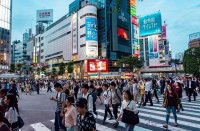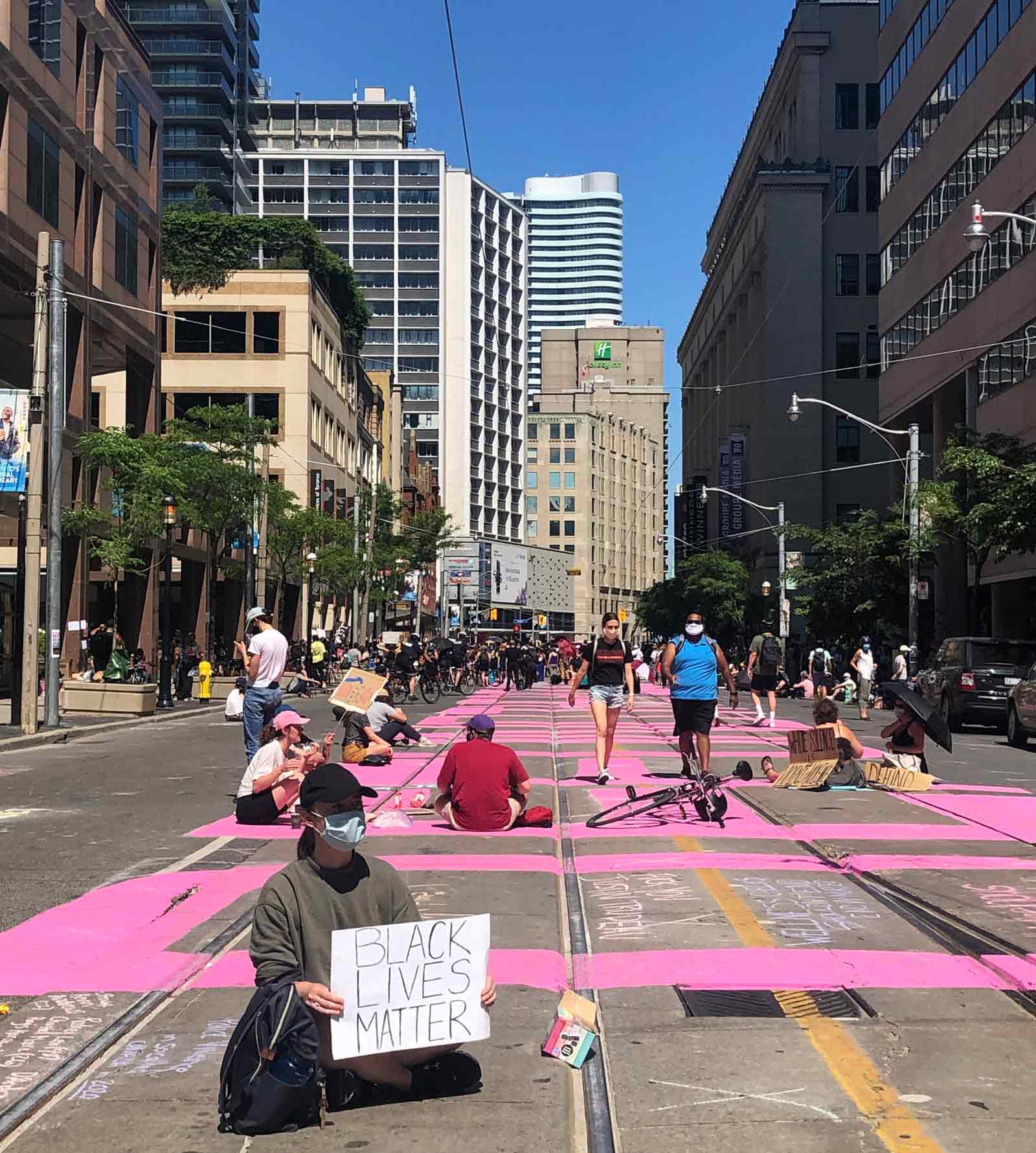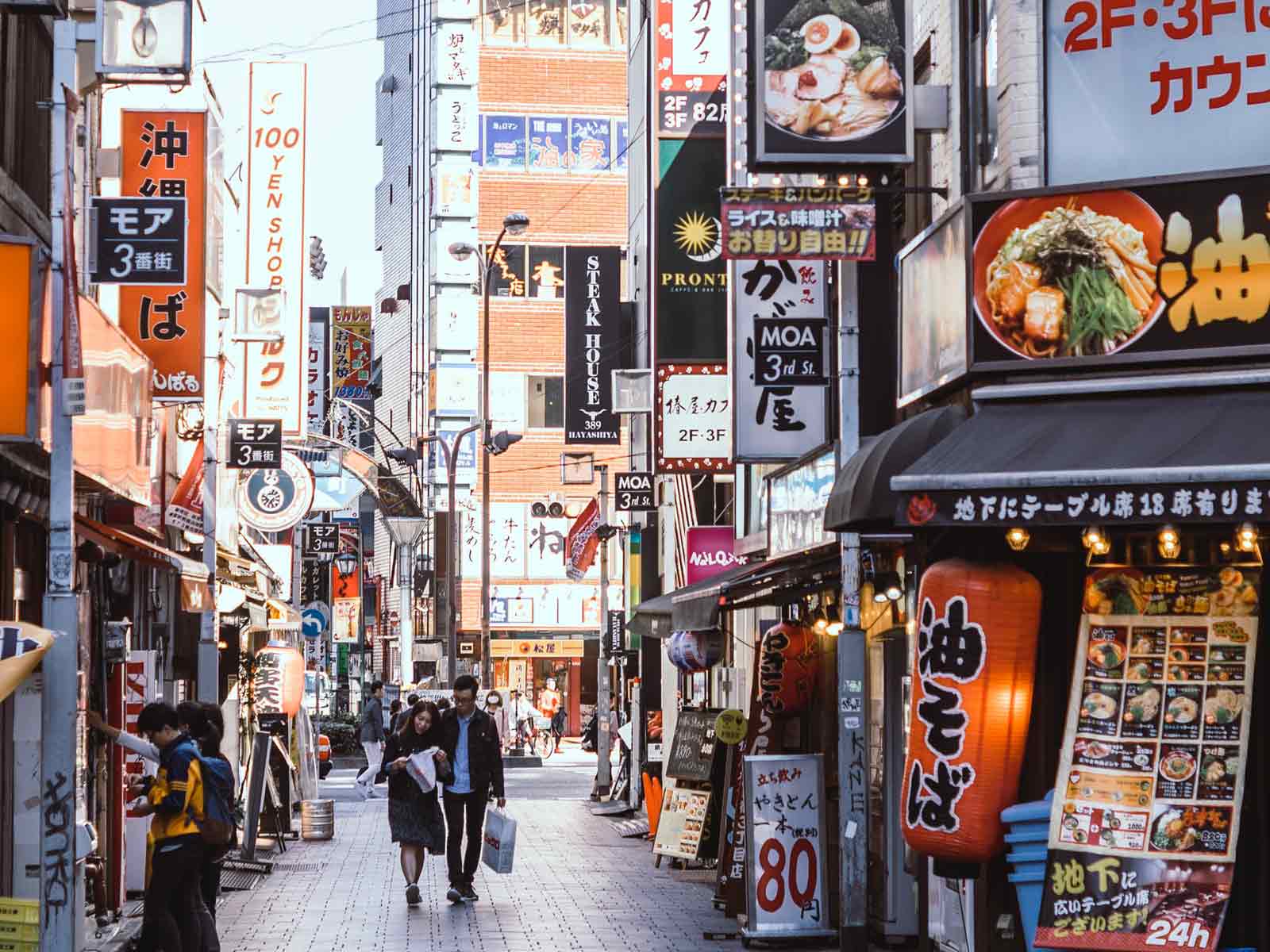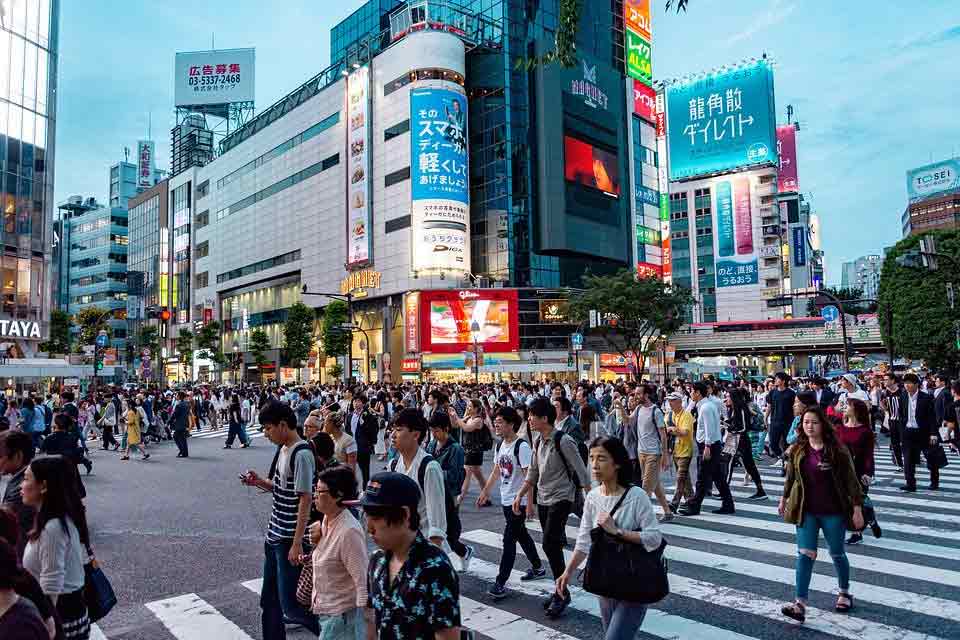On March 11th, there was a moment of silence across Japan, at exactly 2:46 p.m., in remembrance of victims who died following the 8.9 earthquake and a tsunami in northeastern Japan. It has been eight years since natural disaster led to the meltdown at the Fukushima Daiichi Nuclear Power Plant: the world’s worst nuclear accident since the 1986 Chernobyl crisis. The 10-story tsunami and earthquake killed 15,897 people, according to the National Police Agency and 2,533 people are still missing as of today. 34 died while evacuation following being exposed to an extremely high level of radioactive materials and more than 160,000 people lost their homes
As of January 2019, more than 54,000 evacuees remain displaced in temporary lodging today, according to Reconstruction Agency figures. Around 50 fatalities, including suicide and deteriorating physical health, caused by the changes in the living environment has been reported in the past year. Thousands of people in the damaged prefectures are expected to continue living in temporary housing due to delays in construction of replacement housing and financial problems, a Kyodo News survey found.
Many prayed for progress in post-disaster reconstruction in hopes of a terrible disaster to never occur again. People affected by the hardship and mental trauma are still in need of support in many aspects, and the wounds of the people still have a long way to be healed.
Despite many oppositions to restarting of nuclear power plants, the country that has prioritized operation of nuclear plant despite safety concerns still fails to learn from the mistakes. There are currently 42 operable reactors in Japan, and 9 reactors in 5 power plants started to operate even after the disaster.
In 2017, Japan’s nuclear regulation authority approved of the launch of the restart of two of TEPCO’s reactors; both located about 155 miles west of the Fukushima plants according to DW (https://www.dw.com/en/japans-tepco-fights-for-return-to-nuclear-power-after-fukushima/a-47836968). The reactors No. 6 and No. 7 at the Kashiwazaki-Kariwa power plant are currently being prepared for a restart. They are the same type as those that melted down in Fukushima. Shikoku Electric Power Co’s No. 3 reactor was restarted last October 27th and is currently running at full capacity, after the high court in western Japan rejecting a lawsuit by residents to shut the power plant down. The reasons for Fukushima disaster remains “unknown” after 8 years, and justice for those affected by the disaster is tentative.
This February, Yokohama court ordered government and Tokyo Electric Power Company (TEPCO) to pay $3.8m to 152 residents forced to flee homes after nuclear meltdown as they “could have avoided the accident if they had been taken measure” against the tsunami, according to NHK. TEPCO, the company responsible for the disaster of Fukushima no. 1 Nuclear Power Plant, has been repeatedly criticized for its negligence before the nuclear accident in the past years.
Presiding Judge Ken Nakadaira said the accident was preventable as the state could have “foreseen as of September 2009, based on a projection by experts, that a massive tsunami similar to one that occurred in the ninth century could strike the area again and cause a complete power blackout at the plant”, according to Japan Times. According to the judge, it would have been “possible by the end of 2010 to implement steps such as installing emergency power generators that would have prevented damage to core reactors as well as hydrogen explosions that led to the release of massive amounts of radioactive materials outside the plant.”










































